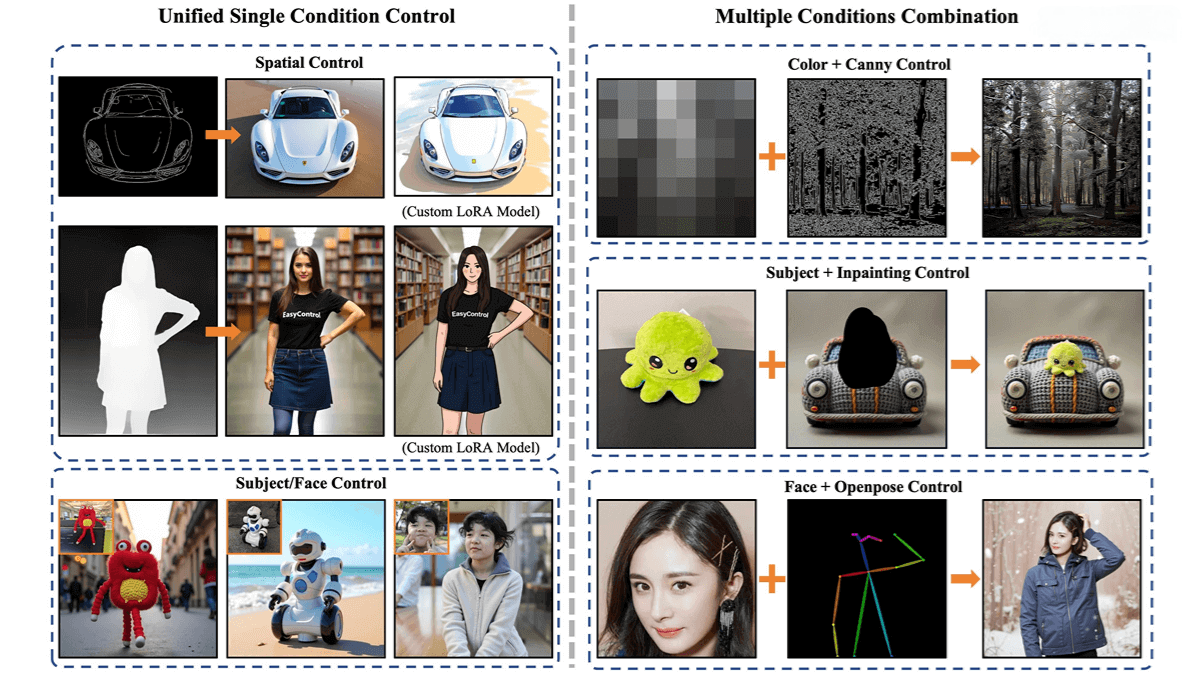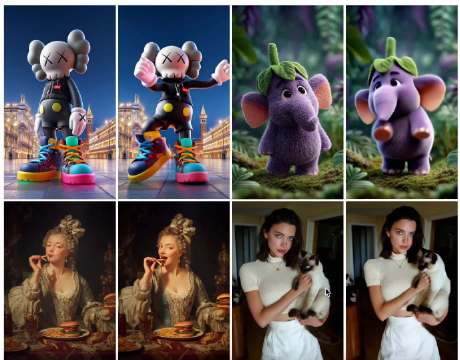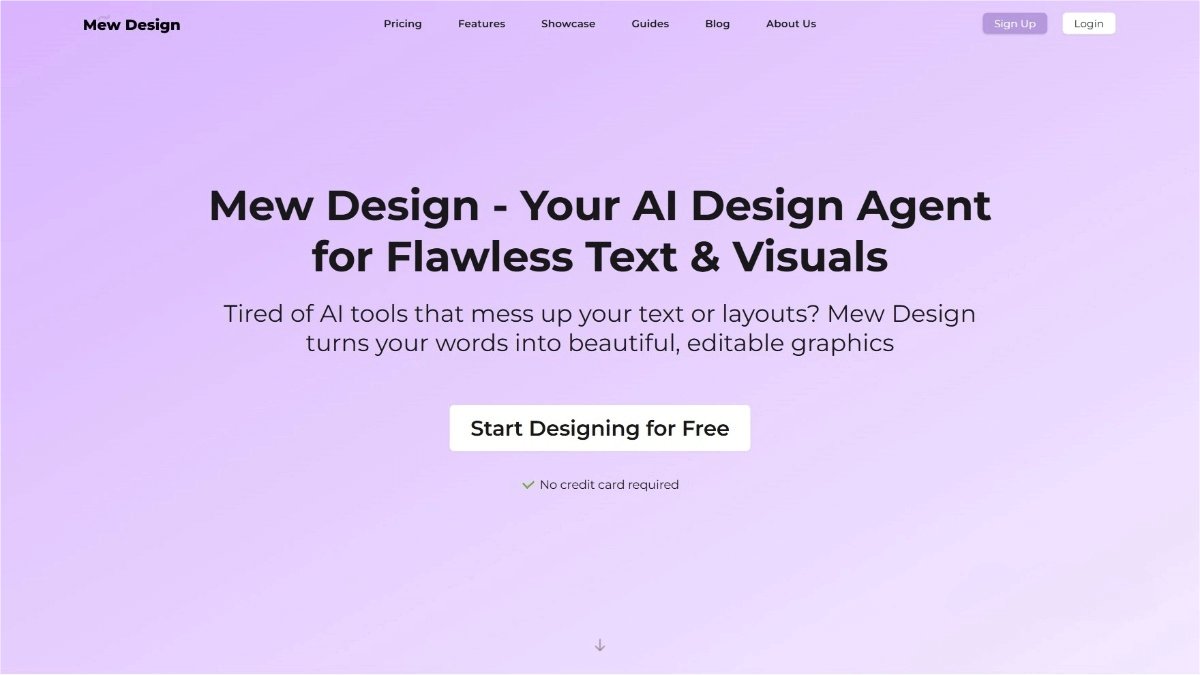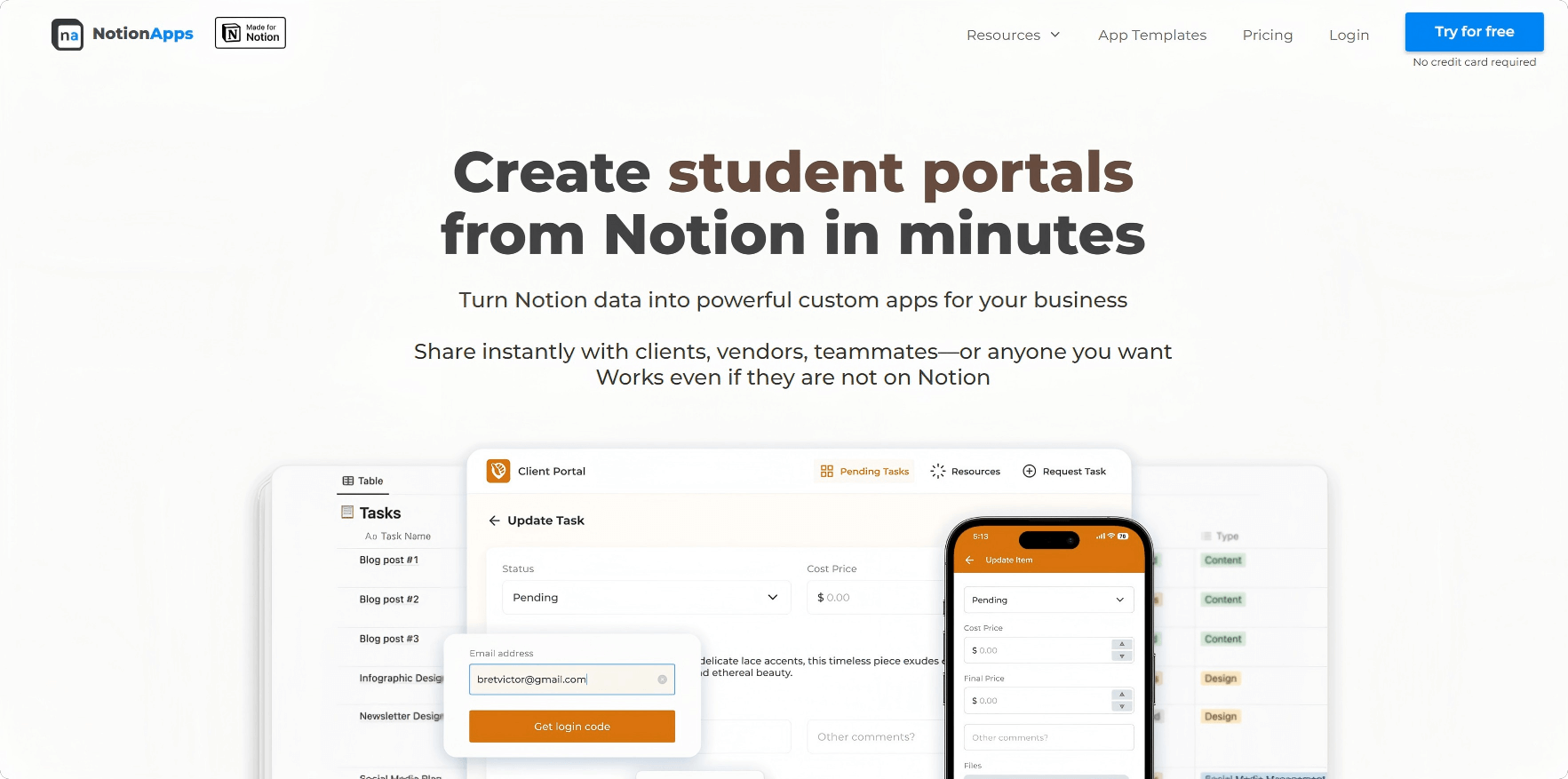EasyControl – An image generation control framework open-sourced by Tiamat AI in collaboration with Shanghai University of Science and Technology and others.
What is EasyControl?
EasyControl is an efficient and flexible control framework open-sourced by Tiamat AI, based on the Diffusion Transformer (DiT) architecture. By leveraging a lightweight conditional injection LoRA module, it independently processes conditional signals, enabling plug-and-play functionality, compatibility with existing models, and support for zero-shot conditional multimodal pre-training. This enhances the flexibility and generality of the model.
The position-aware training paradigm standardizes input conditions into a fixed resolution, supporting the generation of images with arbitrary aspect ratios while optimizing computational efficiency and improving the quality and flexibility of generated images.
By combining causal attention mechanisms with KV cache technology, EasyControl significantly reduces image synthesis latency and enhances inference efficiency. This ensures high-quality outputs under both single-condition and multi-condition control, achieving text consistency and controllability.

The main functions of EasyControl
- Multi-condition Control Capability: Supports a variety of control models, including Canny edge detection, depth information, HED edge sketches, image inpainting, human pose estimation, semantic segmentation, etc. Users can precisely guide the model to generate images that meet specific structures, shapes, and layouts by inputting different control signals.
- Efficient Image Generation: Supports the generation of images with various resolutions and aspect ratios, suitable for a wide range of generation tasks such as image synthesis, style transfer, and the expression of lighting and color in Ghibli-style animations, delivering high-quality images.
The Technical Principle of EasyControl
- Lightweight Conditional Injection with LoRA Module: EasyControl incorporates a lightweight Conditional Injection LoRA (Low-Rank Adaptation) module, which independently processes conditional signals and injects them into the pre-trained DiT model. This approach avoids modifying the base model’s weights, enabling plug-and-play functionality, flexible conditional injection, and efficient fusion of multiple conditions. It even supports zero-shot multi-condition generalization when trained solely on single-condition data.
- Position-Aware Training Paradigm: The input conditions are standardized to a fixed resolution, allowing the model to generate images with arbitrary aspect ratios and flexible resolutions. This optimizes computational efficiency, making the model adaptable to a wide range of application scenarios.
- Causal Attention Mechanism and KV Cache Technology: EasyControl replaces the traditional full attention mechanism with a causal attention mechanism, combined with KV cache technology. By precomputing and caching the key-value pairs of all conditional features at the initial diffusion time step, subsequent time steps can directly reuse these cached key-value pairs. This significantly reduces computational overhead and markedly lowers inference latency.
The project address of EasyControl
- Project official website: https://easycontrolproj.github.io/
- Github repository: https://github.com/Xiaojiu-z/EasyControl
- HuggingFace model hub: https://huggingface.co/Xiaojiu-Z/EasyControl
- arXiv technical paper: https://arxiv.org/pdf/2503.07027
Application scenarios of EasyControl
- Image Generation: Provide high-quality image generation capabilities, supporting the generation of images with various resolutions and aspect ratios.
- Style Transfer: Support converting ordinary images into specific styles, such as the Ghibli style, while maintaining content consistency and artistry.
- Animation Generation: Capture complex spatiotemporal relationships and generate smooth and expressive animations.
- Virtual Try-On: Combine clothing images and human pose images to generate realistic try-on effects, providing intuitive design references for fashion designers.
- Image Editing: Assist users in precisely adjusting image details. For example, perform background replacement, object extraction and other operations by combining edge detection and depth maps.
Related Posts




